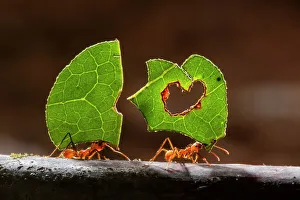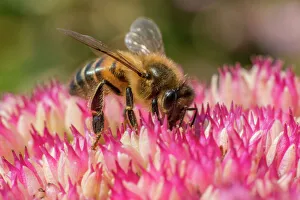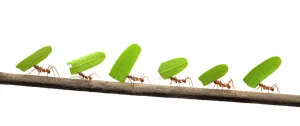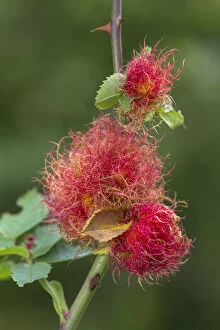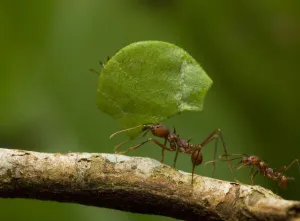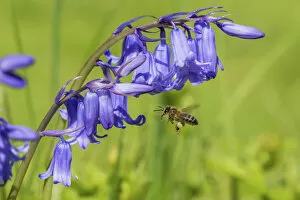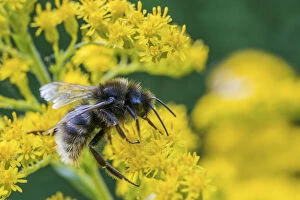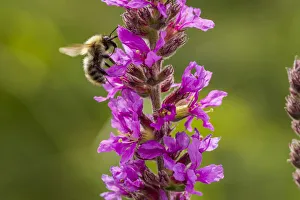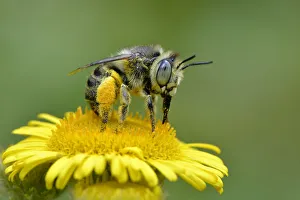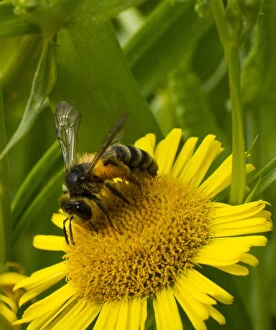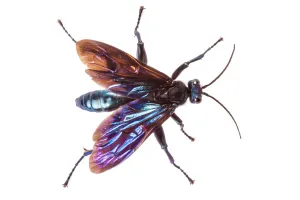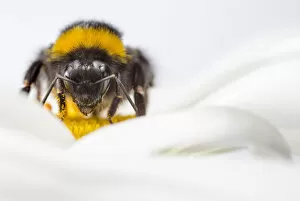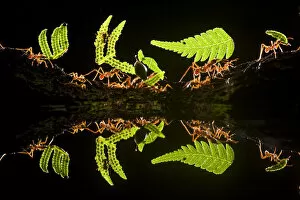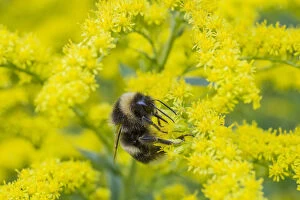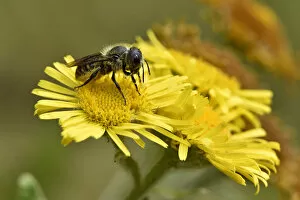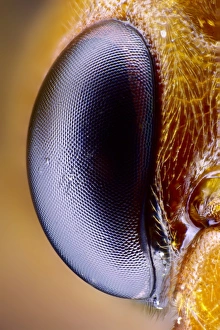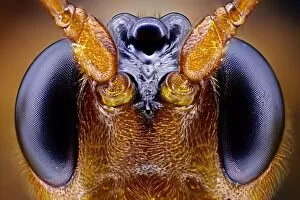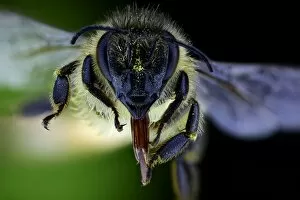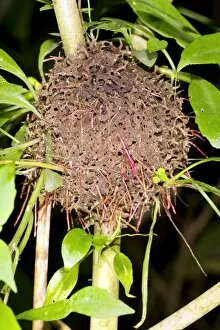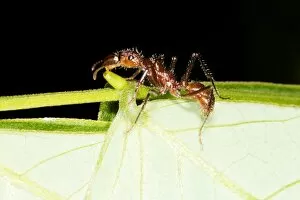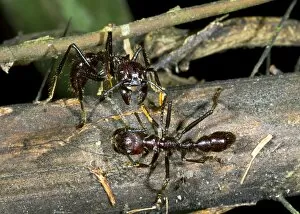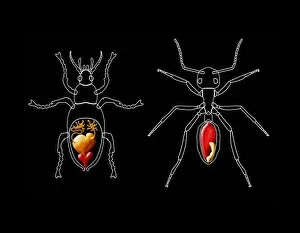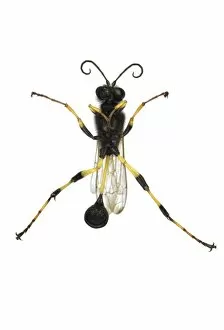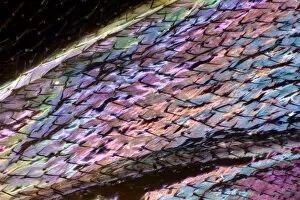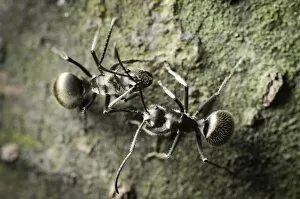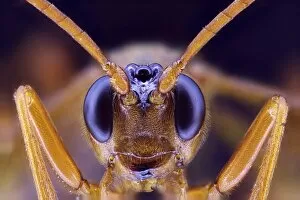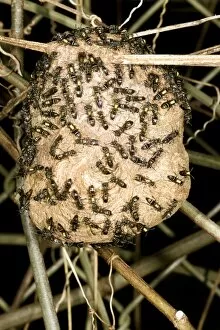Hymenopterans Collection
Hymenopterans, the fascinating insects that include leaf cutter ants and honey bees, play vital roles in ecosystems around the world
All Professionally Made to Order for Quick Shipping
Hymenopterans, the fascinating insects that include leaf cutter ants and honey bees, play vital roles in ecosystems around the world. In Costa Rica, Leaf cutter ants (Atta sp) can be seen diligently carrying plant matter as they contribute to nutrient cycling and soil aeration. Meanwhile, European honey bees (Apis mellifera) gracefully feed on ice plant flowers (Sedum spectabile), their delicate wings buzzing with purpose. In a digital composite image capturing nature's harmony, a line of Leaf-cutter ants (Atta sp) marches together, each ant carrying leaves to their underground colonies. Their teamwork is awe-inspiring as they navigate through the Amazonian Rainforest in Yavari Valley. Gall wasps (Diplolepis rosae) leave behind intricate Robin's pincushion galls on wild Dog rose plants (Rosa canina). These unique structures serve as both shelter for developing wasp larvae and an intriguing sight for nature enthusiasts. The beauty of pollination unfolds before our eyes as we witness various hymenopterans engaging with different flowers. Honeybees (Apis mellifera) elegantly fly towards Bluebell flowers (Hyacinthoides non-scripta), while Field cuckoo bumblebees (Bombus campestris) find sustenance in Goldenrod blooms (Solidago). European honey bees continue their important work by feeding on Brachyglottis sp flowers during flight. Buff-tailed bumblebees (Bombus terrestris), adorned with distinctive yellow stripes, are drawn to Oriental poppies' vibrant petals (Papaver orientale). Brown banded carder bees (Bombus humilis) diligently pollinate Rosebay Willowherb (Chamerion), ensuring its continued reproduction. Even smaller hymenopterans like Mining bees (Little flower bee/Anthophora bimaculata) contribute to the delicate balance of nature by collecting nectar and pollen.

